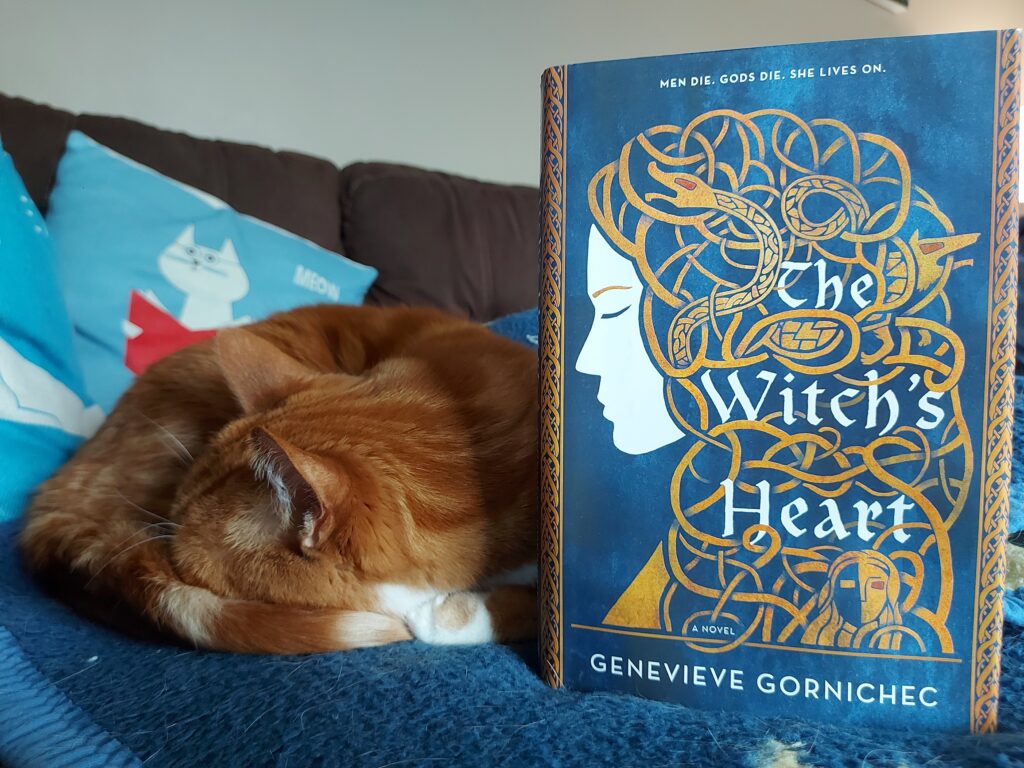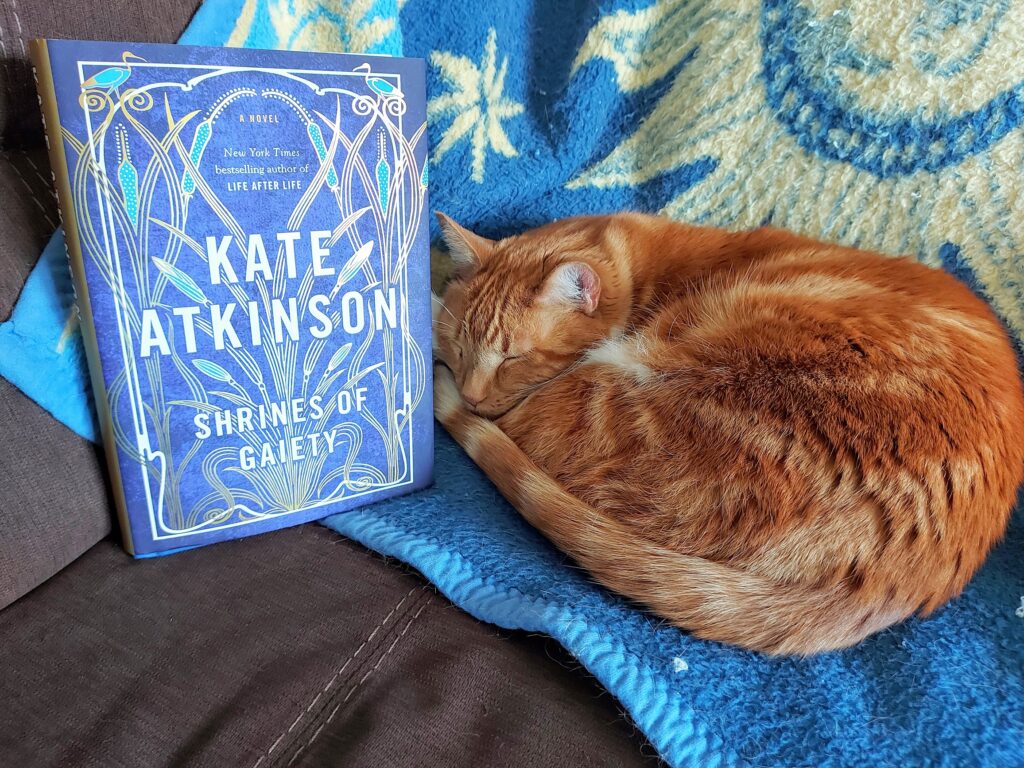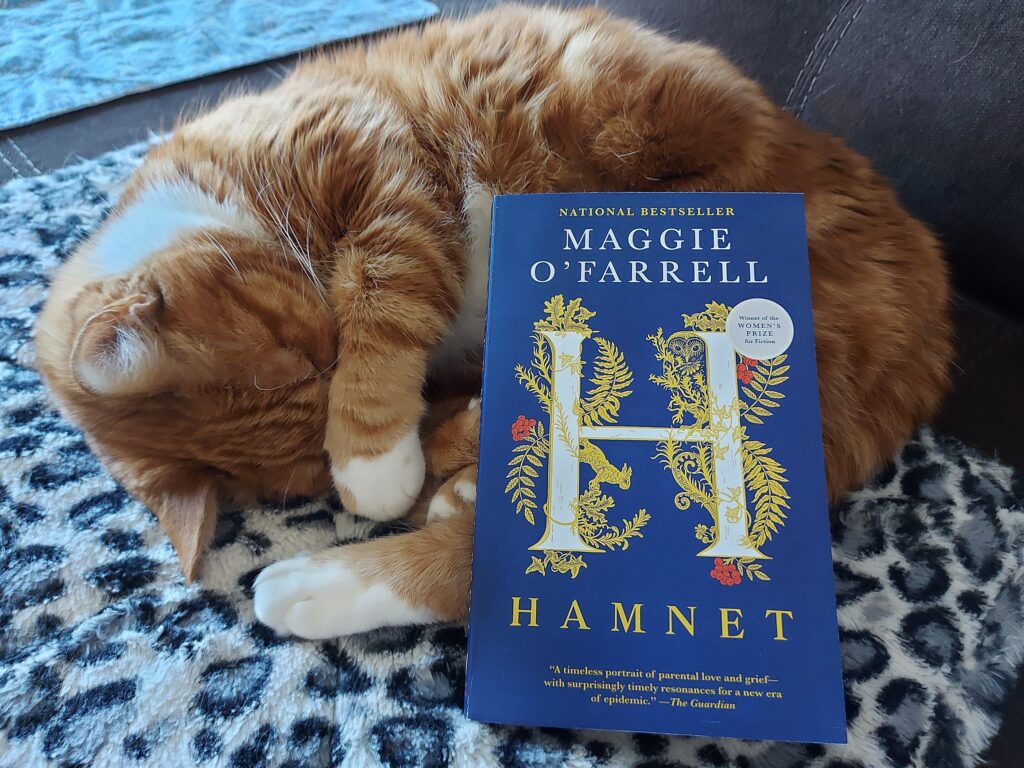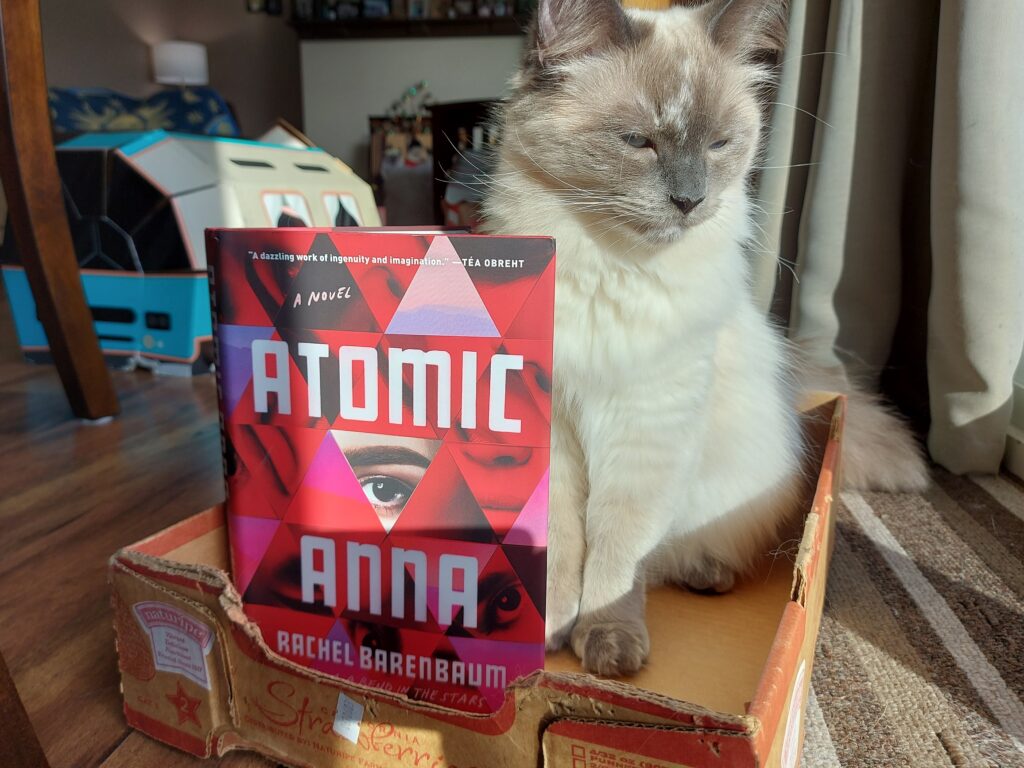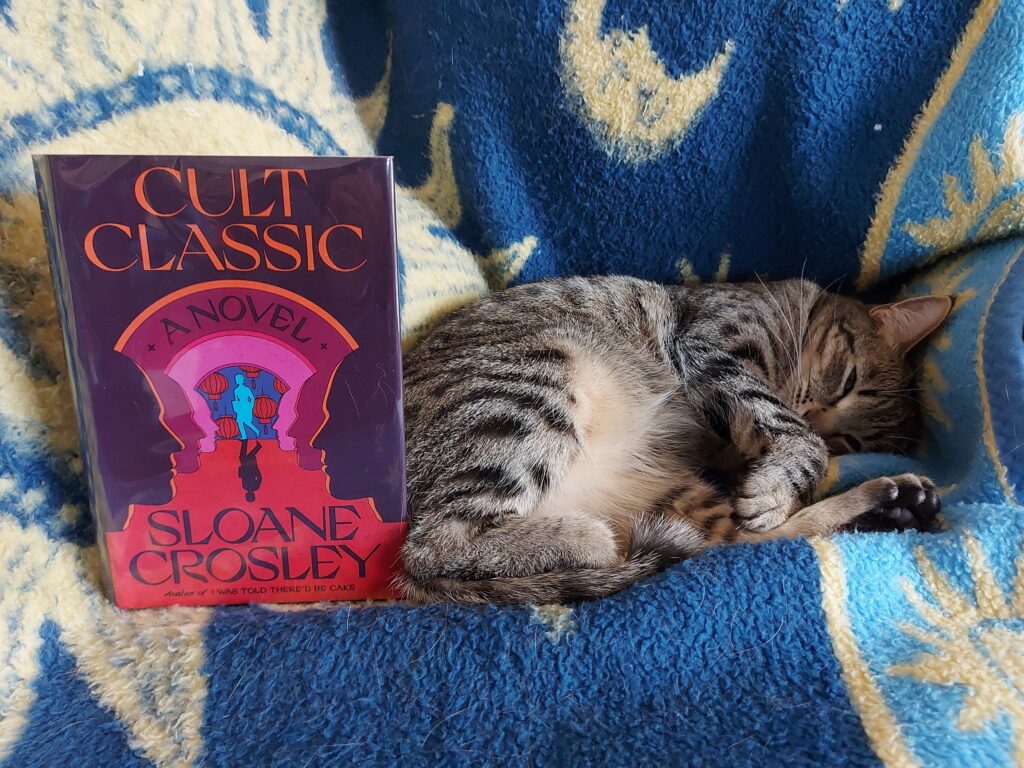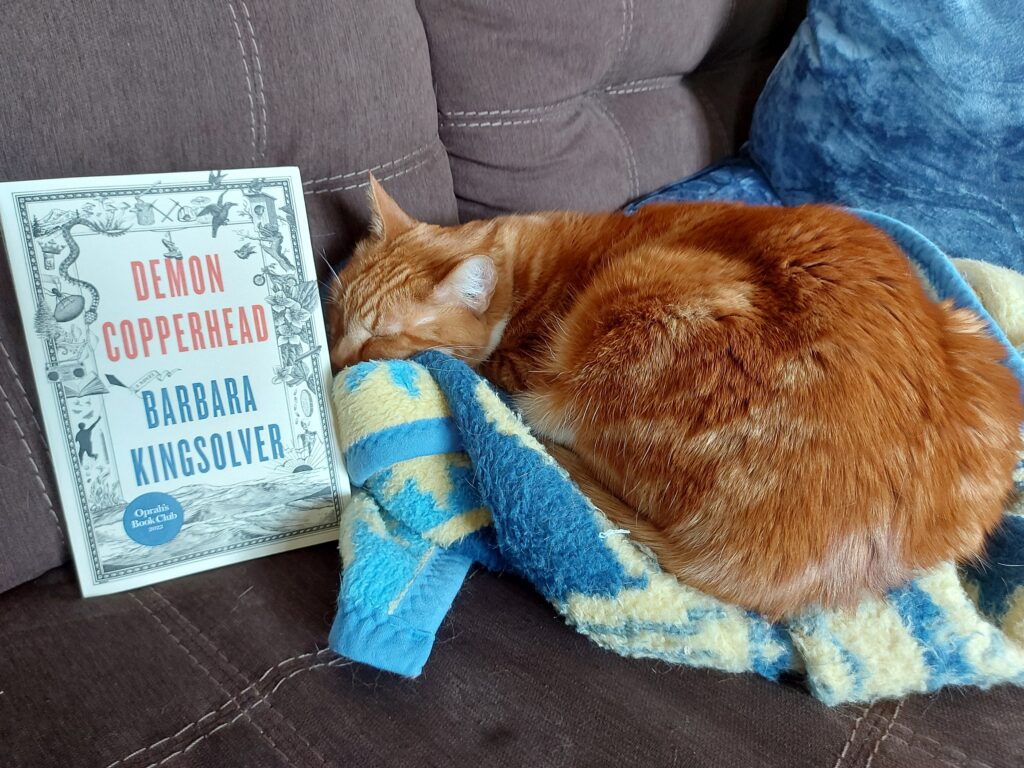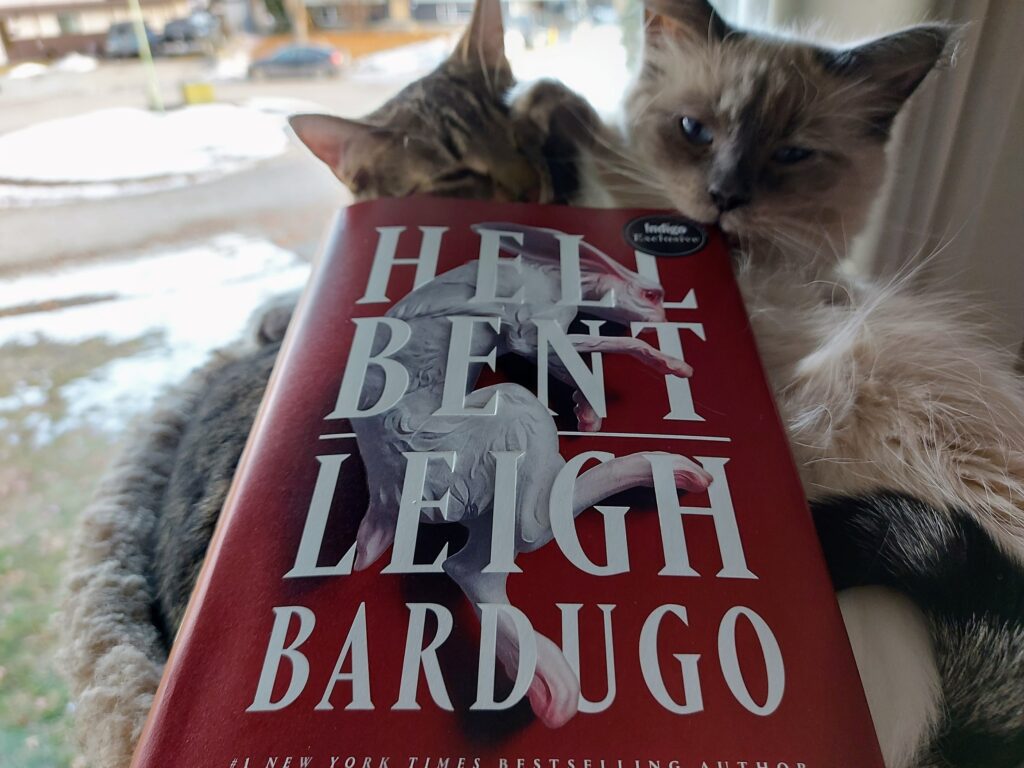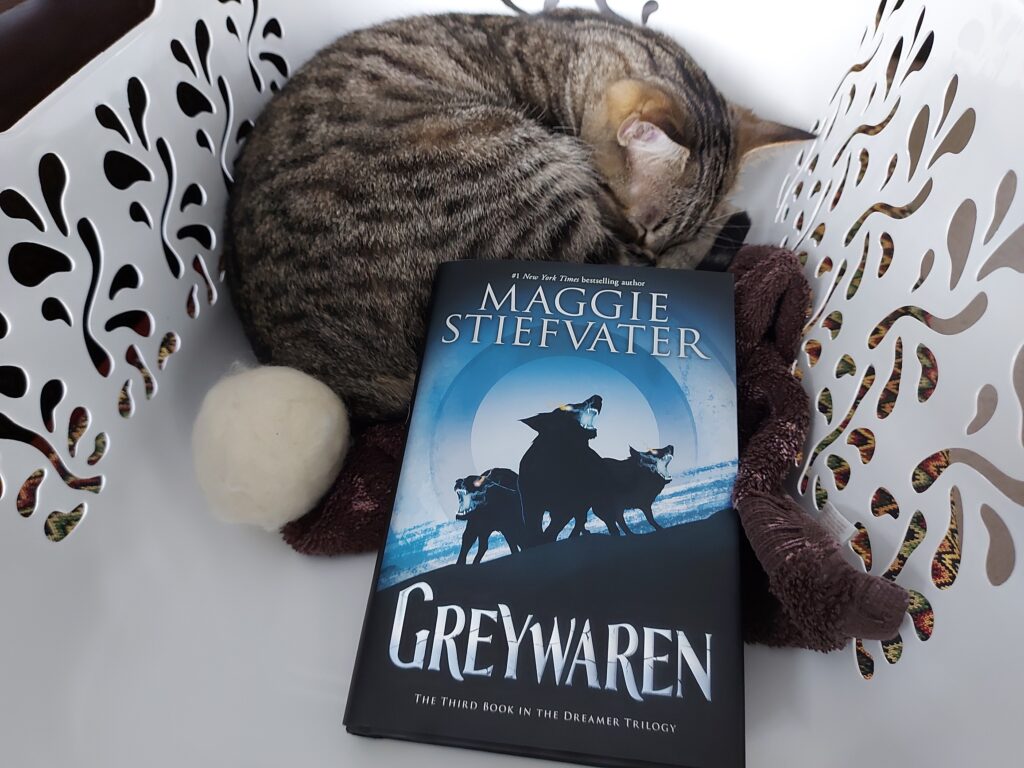Hang the Moon by Jeannette Walls
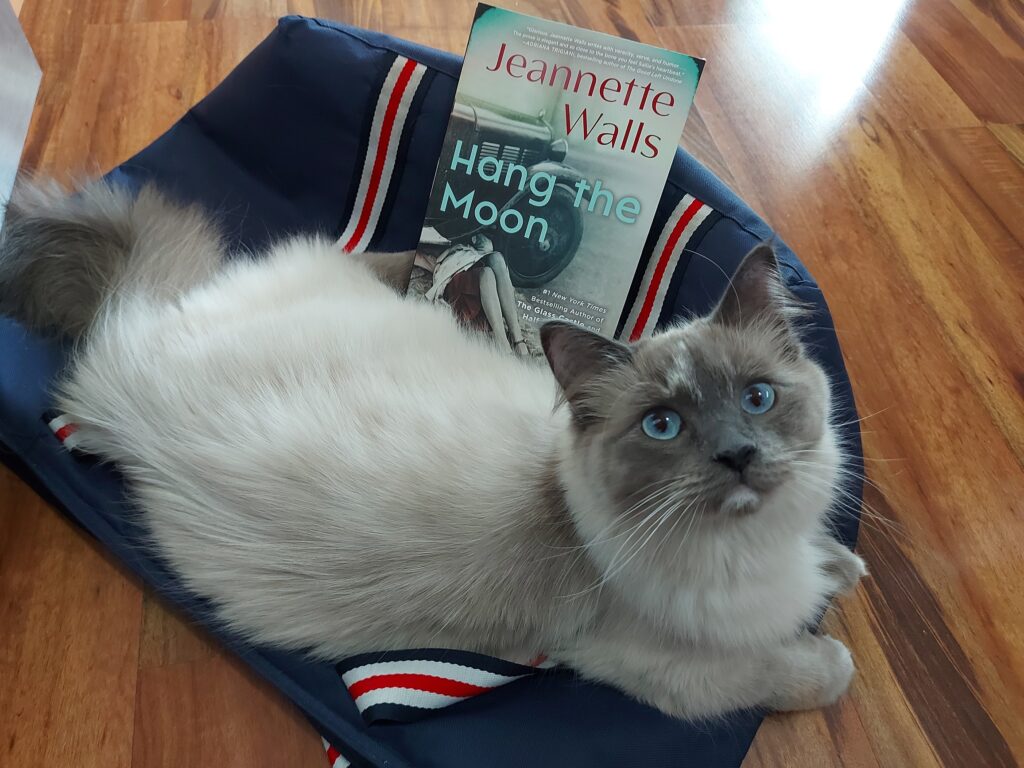
Jeannette Walls wrote one of my favourite memoirs, The Glass Castle. If you have not read, I suggest you remedy that situation. It is a fascinating story about how she grew up poor with highly dysfunctional parents, and how she and her siblings took care of each other and helped each other to become successful adults. Since The Glass Castle, Walls has turned to writing fiction. Hang the Moon is her latest novel, set in Prohibition era Virginia and featuring a resilient protagonist that reminds me of Walls herself. I enjoyed reading this novel and I recommend it to fans of historical fiction.
…